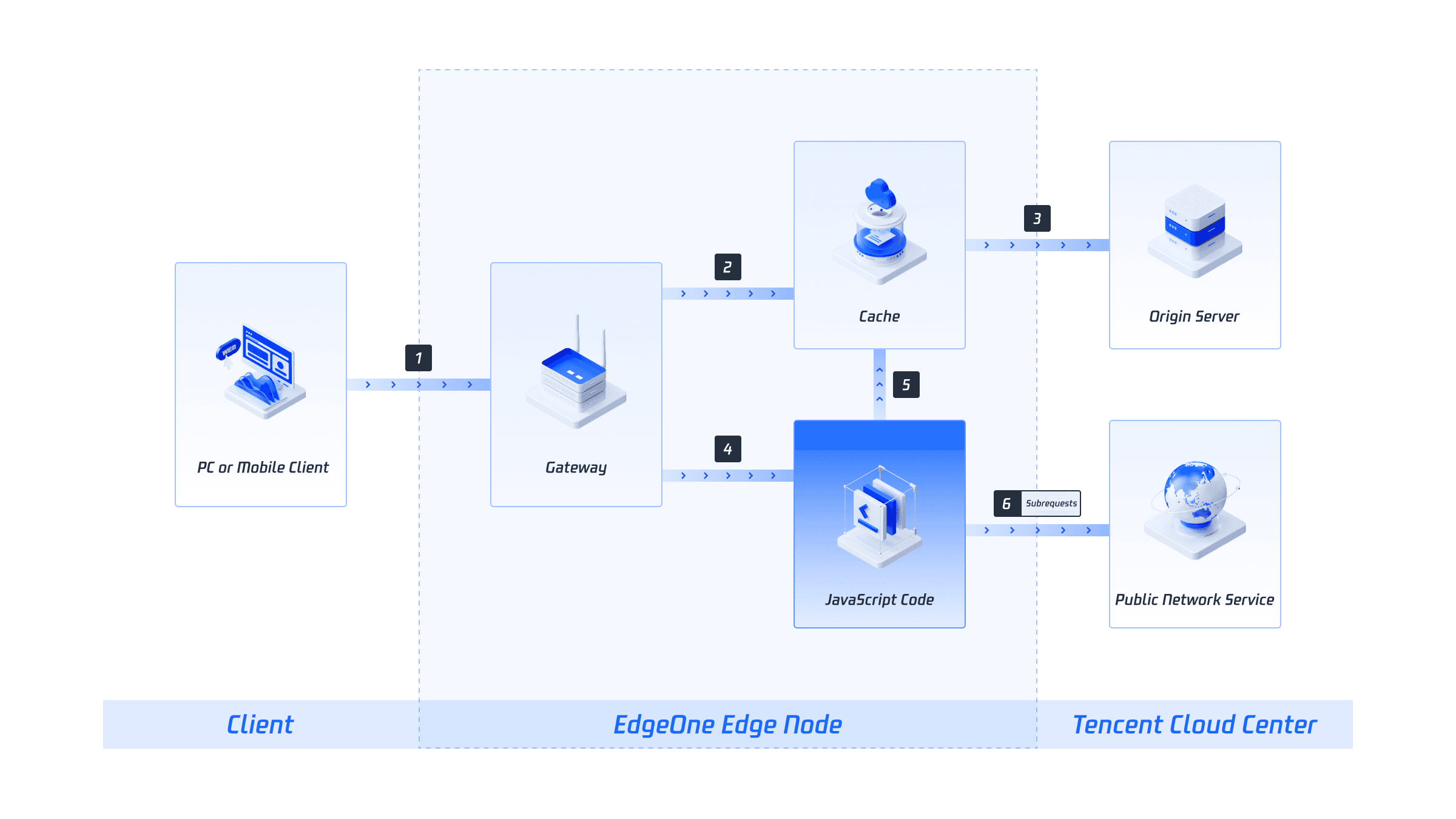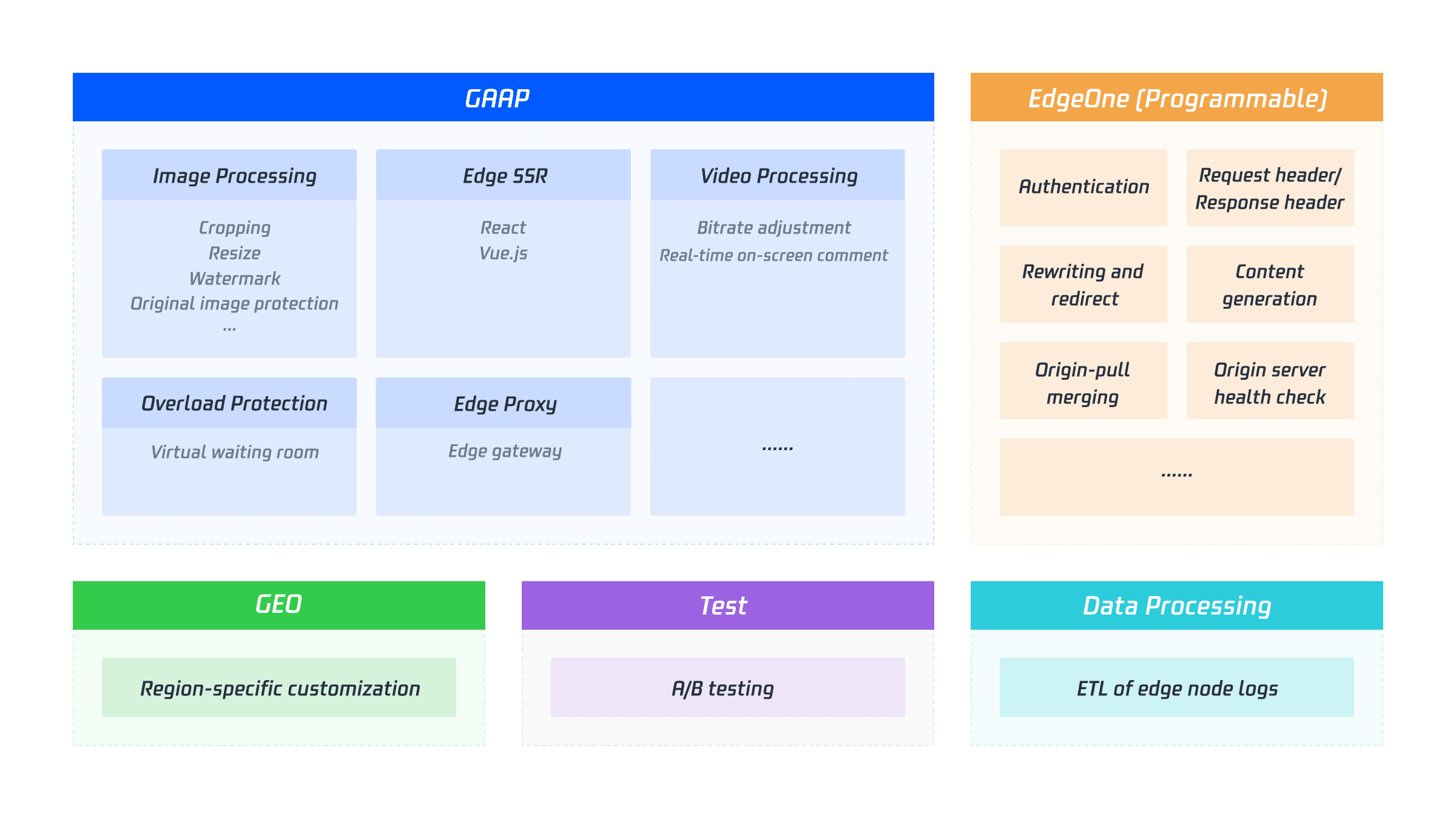The serverless framework is a development framework based on the serverless computing model, designed to help developers build, deploy, and manage applications more efficiently. It provides a simple way to write and deploy serverless applications without managing infrastructure and servers. The core concepts include Function as a Service (FaaS), event-driven architecture, stateless functions, and automatic scaling.
Key Concepts in Serverless Framework
- Function as a Service (FaaS): This is a core concept in serverless computing. It involves executing individual functions in response to events.
- Event-Driven Architecture: Functions are triggered by specific events or conditions. This is known as event-driven architecture.
- Stateless Functions: Functions are stateless, meaning they do not persist data or state between function executions.
- Automatic Scaling: Automatically allocate computing resources based on demand, optimizing cost and ensuring that applications are always available.
- Pay-per-Use Pricing: Charges based on usage can save developers money by reducing infrastructure management costs.
The Benefits of Serverless Framework
- Cost Reduction: The pay-per-use pricing model and reduced infrastructure management costs can save developers money. Since you only pay for the actual usage of your functions, you avoid the costs associated with pre-allocating resources.
- Scalability: Automatically scales your applications based on demand. This ensures your applications are always available and can handle varying loads without manual intervention.
- Faster Development and Deployment: Developers can focus on writing code and functionality rather than managing infrastructure, allowing for a faster development cycle and quicker deployment of new features and updates.
- Flexibility: Supports multiple programming languages, such as Python, Node.js, Java, and more. This allows developers to choose the best language for their application and easily integrate it with other services.
- Simplified Management: Handles the management of infrastructure, such as provisioning, scaling, and patching, allowing developers to concentrate on their application code.
- Event-Driven Architecture: The framework enables developers to build applications that respond to specific events or triggers, allowing for more efficient and responsive applications.
- Reduced Operational Overhead: With the serverless model, developers do not need to worry about maintaining servers, networking, or other infrastructure components, reducing the operational overhead associated with traditional application development.
Potential Challenges of Serverless Framework
- Vendor Lock-in: Serverless frameworks often rely on cloud providers' services, which can lead to vendor lock-in. This means that if you choose a serverless framework that is closely tied to a specific cloud provider, it might be difficult to switch providers or even move your application to another environment.
- Cold Starts: Serverless functions are typically not running continuously, and when a request comes in, the function needs to be started. This process is known as a cold start and can introduce latency in your application. Cold starts can be particularly problematic for applications that require low-latency responses.
- Resource Limits: Cloud providers often impose resource limits on serverless functions, such as memory, CPU, and execution time. These limits can restrict the complexity and performance of your application, especially for compute-intensive tasks.
- Debugging and Monitoring: Debugging and monitoring serverless functions can be more challenging than traditional applications due to their distributed nature and ephemeral lifespan. Identifying and resolving issues can be more difficult without proper tools and visibility into the execution environment.
- State Management: Serverless functions are stateless by design, which means they do not maintain a state between invocations. This can make managing stateful applications more complex, as you need to find ways to store and retrieve state externally, such as using databases or caches.
- Security: While serverless architectures can reduce the attack surface compared to traditional servers, they still face security risks. These include vulnerabilities in the underlying infrastructure, misconfigurations, and the risk of malicious code injection.
- Cost Management: While serverless can be cost-effective at scale, it's essential to manage costs effectively. Overuse of resources or underutilization of serverless functions can lead to unexpected expenses.
- Integration Complexity: Integrating serverless functions with existing systems and services can be complex, especially when dealing with different data formats, protocols, and authentication mechanisms.
- Function Granularity: Determining the right level of granularity for serverless functions can be tricky. Too many small functions can lead to a management nightmare, while too few large functions may not fully utilize the benefits of serverless architecture.
- Ecosystem and Community Support: The maturity and support of the serverless ecosystem can vary widely depending on the language, framework, and cloud provider. It's important to choose a serverless framework with a robust community and good support options.
Serverless Use Cases
Serverless technology can be applied to various use cases. Here are several examples:
- Web Applications: Build highly scalable web applications that can handle varying traffic loads. Examples include serverless-powered e-commerce sites, online marketplaces, and content management systems.
- Mobile Applications: Build mobile applications that require backend processing, such as user authentication, data storage, and push notifications.
- Data Processing: Process large amounts of data in real-time, such as streaming data from IoT devices or log analysis.
- Chatbots: Build chatbots that can respond to user queries and automate customer support.
- Image and Video Processing: Process images and videos, such as resizing, cropping, and transcoding.
- Serverless APIs: Create APIs that can be easily scaled and handle high traffic loads. Examples include REST APIs and GraphQL APIs.
- Event-Driven Applications: Build event-driven applications that respond to specific events or triggers, such as sending notifications when a new user signs up or triggering a workflow when a file is uploaded.
- Machine Learning: Build machine learning models and perform inference on large datasets.
- loT Applications: Build IoT applications that require real-time data processing and analysis.
- DevOps Automation: Automate DevOps tasks, such as continuous integration and deployment.
5 Best Serverless Frameworks
- Tencent Cloud Edge Functions: A part of the Tencent Cloud EdgeOne platform that allows for the execution of code at edge nodes, offering closer user computing and storage services, enhancing response speed, and reducing latency. It provides a myriad of features, including smart acceleration, customized content delivery, real-time analytics, and bot management. Moreover, these edge functions can be tailored to meet the immediate needs of each user with tasks like user authentication, data processing, real-time response generation, etc.
- AWS Lambda: A serverless computing service provided by Amazon Web Services that allows developers to run code without managing servers and supports multiple programming languages.
- Google Cloud Functions: A serverless computing service provided by Google Cloud Platform that allows developers to write and deploy code in response to events and supports multiple programming languages.
- Azure Functions: A serverless computing service provided by Microsoft Azure that allows developers to run code in response to events and supports multiple programming languages.
- Open Source Serverless Frameworks: OpenFaaS, Kubeless, and Fission are all open-source serverless frameworks that support multiple programming languages and cloud providers.
Tencent EdgeOne Edge Functions
Tencent EdgeOne Edge Functions enables developers to run JavaScript functions on edge nodes, allowing for preprocessing and customization of HTTP requests. By customizing and writing JavaScript edge functions in EdgeOne's Edge Computing environment, developers can perform actions such as redirecting, modifying, and filtering requests. Edge computing brings data processing closer to the user, reducing latency and improving data transmission efficiency.
Tencent Cloud Edge Functions use cases:

If you want to deploy and use your serverless applications on Tencent Cloud Edge Functions, you can refer to and learn from this resource.

